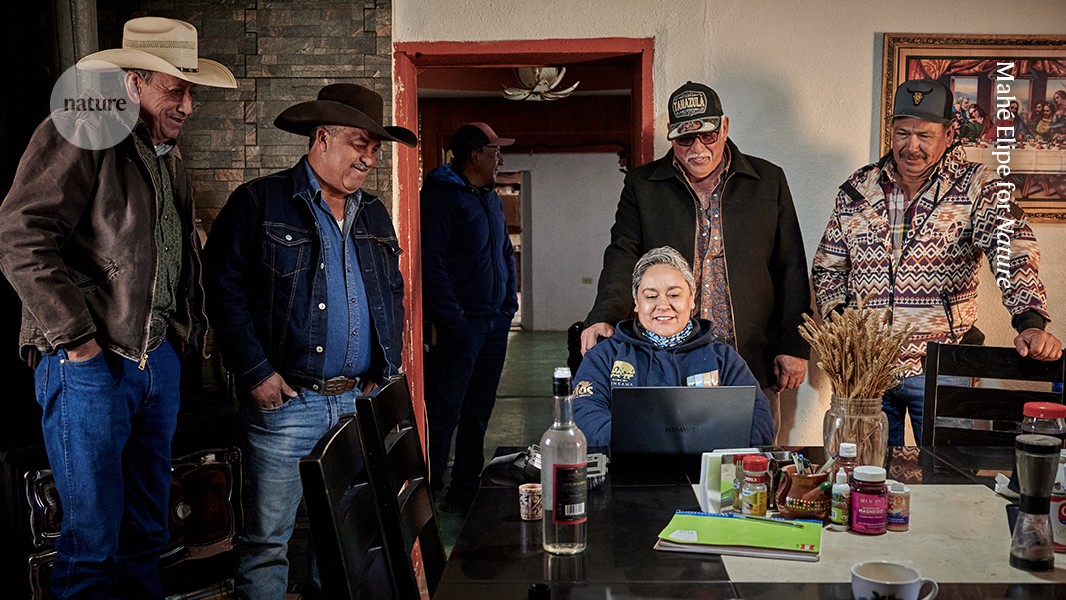‘The wolf is not the bad guy’: working with farmers to protect a reintroduced species

Carmen García-Chávez monitors the activities of wolves after their reintroduction to Chihuahua, northern Mexico
“Since 2012, I’ve worked with the Tonkawa Foundation, in Nuevo Casas Grandes, Mexico, on the recovery of the Mexican wolf (Canis lupus baileyi), a grey-wolf subspecies that had been hunted to near-extinction by the 1980s.
Reintroducing wolves to the Chihuahua region will restore ecological balance and help to regulate other wildlife populations. The Mexican wolf’s return not only helps to conserve biodiversity but also represents an act of reconciliation with a species that humans persecuted for decades.
One of the main challenges has been obtaining accurate data in areas with complex terrain to understand how the wolves are adapting. Using camera traps, radio collars, direct observations and track and scat analyses, I collect information about their movements and behaviours.
We estimate that 25–30 Mexican wolves now live in the region. It’s early days but their presence is already affecting the distribution of other predators such as pumas, hinting at an ecological rebalance.
Public perception remains another challenge. Wolves are not always welcome, especially in areas with livestock farms, so we work closely with landowners to monitor the wolves without generating conflict.
Enjoying our latest content?
Login or create an account to continue
- Access the most recent journalism from Nature's award-winning team
- Explore the latest features & opinion covering groundbreaking research
or
Sign in or create an account Continue with Google
Continue with Google
Nature 645, 276 (2025)
doi: https://doi.org/10.1038/d41586-025-02760-y
This interview has been edited for length and clarity.
This story originally appeared on: Nature - Author:Rachael Pells

















